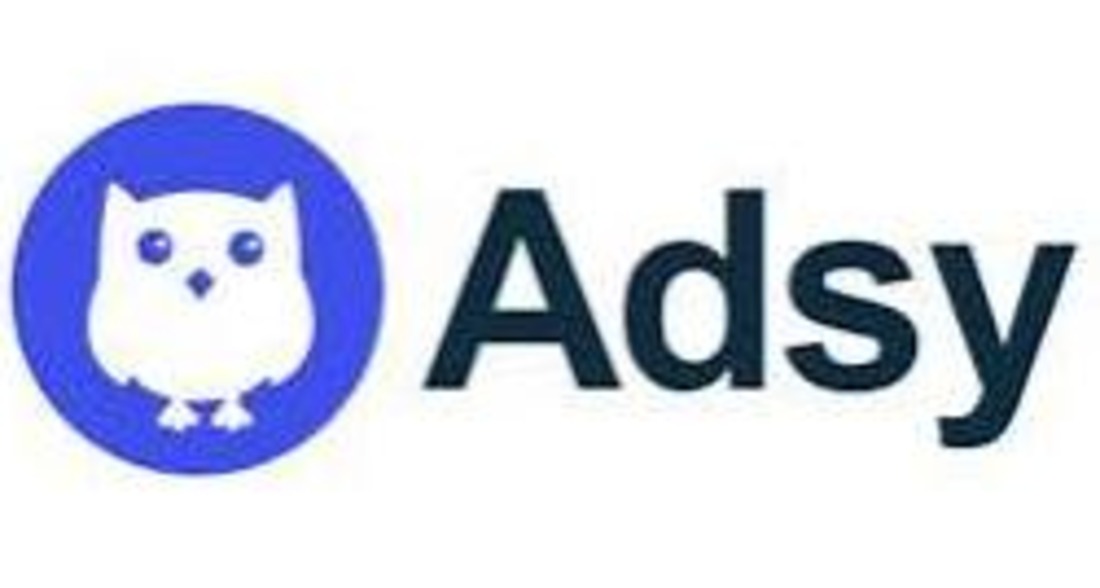In recent years, the issue of data breaches and leaks has garnered increasing attention, with various websites, platforms, and databases becoming vulnerable to unauthorized access. One such notable example that has emerged is thejavasea.me leaks AIO-TLP. This topic has stirred up both concerns and curiosity, with many people eager to understand what it involves, how it affects users, and the broader implications for internet security. This article aims to dive deep into the details surrounding the thejavasea.me leaks AIO-TLP, analyzing the incident’s causes, risks, and potential consequences.
What Is AIO-TLP and Why Is It Relevant?
Before diving into the specifics of the thejavasea.me leaks AIO-TLP, it’s important to first understand what “AIO-TLP” refers to. AIO-TLP stands for All-In-One Tool for Leaked Passwords, a type of software designed to compile, store, and distribute login credentials, often obtained through data breaches. These tools typically enable users to check if their personal information has been compromised by matching their details against known databases of stolen data.
The primary function of an AIO-TLP tool is to help individuals and organizations detect whether their usernames, email addresses, or passwords have been exposed during cyberattacks or data leaks. Unfortunately, these tools can also be misused, leading to widespread distribution of sensitive data. When used maliciously, they pose significant risks to privacy and security, as they can be used for various forms of identity theft, fraud, or unauthorized access to systems.
Understanding thejavasea.me: A Platform for Leaked Data
thejavasea.me is an online platform that has gained attention for its role in hosting and distributing leaked data. While it initially started as a legitimate service, offering resources related to JavaScript programming, it became infamous for hosting and distributing AIO-TLP tools, often containing stolen personal information. The platform was allegedly used by hackers and cybercriminals to spread access to various databases, including email accounts, social media logins, and other private credentials.
The leaks that are often associated with thejavasea.me include high-profile data breaches from major corporations, social media platforms, and smaller online services. These leaks can include anything from usernames and email addresses to passwords and even sensitive personal data, all of which are exposed in bulk. Because these tools are distributed widely, they have the potential to affect millions of people worldwide, compromising their online security.
How Do Leaks Happen on Platforms Like Thejavasea.me?
Leaks like the thejavasea.me leaks AIO-TLP happen through a variety of methods, most of which stem from vulnerabilities in the systems of companies or organizations that store user data. Here are some of the common causes of data leaks:
- Data Breaches: These occur when hackers gain unauthorized access to an organization’s servers and extract large amounts of sensitive data. Once the data is obtained, it is often uploaded to the internet and distributed through platforms like thejavasea.me.
- Phishing Attacks: In phishing scams, cybercriminals trick users into revealing their login credentials by masquerading as legitimate entities. Once the attackers have access to the login credentials, they can leak them to malicious platforms.
- Weak Passwords: Often, users make the mistake of using weak or easily guessable passwords across multiple platforms. Once one account is compromised, it opens the door for further leaks on other platforms, especially when attackers utilize credential stuffing.
- Insider Threats: In some cases, employees or contractors with access to an organization’s sensitive data may intentionally leak information for malicious purposes. These leaks are often sold or shared on dark web platforms like thejavasea.me.
The Risks of Using AIO-TLP Tools from Thejavasea.me
The primary risk of using thejavasea.me leaks AIO-TLP is that it can inadvertently expose users to greater harm. If you download or use such tools, you are essentially entering a dangerous environment where privacy and security are at risk. Some of the main dangers of using these tools include:
- Exposure of Personal Information: The AIO-TLP tools available on sites like thejavasea.me typically include a list of compromised data that can contain personal information about individuals. These databases may include usernames, passwords, email addresses, phone numbers, and more. Using these tools could unknowingly result in a user’s information being exposed.
- Identity Theft and Fraud: Criminals can use the data from thejavasea.me leaks AIO-TLP to commit identity theft or fraud. By gaining access to people’s login credentials, they can steal funds, open fraudulent accounts, or impersonate victims to gain further access to sensitive information.
- Ransomware Attacks: Hackers may use the data they acquire from leaks to launch ransomware attacks, encrypting a victim’s personal files and demanding payment in exchange for their release. The information available through thejavasea.me leaks AIO-TLP can make it easier for cybercriminals to identify potential targets for such attacks.
- Malware Infections: Downloading tools from shady websites like thejavasea.me can expose users to malware, viruses, and other harmful software. These tools often come bundled with malicious code that can infect your computer, leading to data loss, unauthorized access, and other issues.
- Compromise of Online Accounts: Once attackers gain access to personal data like usernames and passwords, they can use it for credential stuffing attacks. These attacks allow them to breach other online accounts and gain further access to private information or assets.
How Can You Protect Yourself from Data Leaks and AIO-TLP Tools?
Preventing the damage caused by leaks such as the thejavasea.me leaks AIO-TLP requires proactive measures to safeguard your online presence. Here are several key strategies to protect yourself:
1. Use Strong and Unique Passwords
Always opt for complex passwords that combine letters, numbers, and symbols. Ensure that your passwords are unique for each account and avoid reusing them across multiple sites. A password manager can help you manage and create strong passwords easily.
2. Enable Two-Factor Authentication (2FA)
Two-factor authentication adds an extra layer of security by requiring you to provide a second verification step (such as a code sent to your phone) when logging into an account. This makes it much harder for cybercriminals to gain unauthorized access, even if they have your login credentials.
3. Monitor Your Accounts
Regularly check your online accounts for any suspicious activity. Services like Google Alerts and Have I Been Pwned allow you to track if your information has been part of any known data breaches.
4. Stay Educated About Phishing and Scams
Be aware of phishing attempts and other scams that might attempt to steal your personal data. Always verify the authenticity of emails and messages before clicking on links or providing personal details.
5. Update Software and Systems Regularly
Keeping your software, applications, and operating systems up-to-date helps protect against vulnerabilities that hackers could exploit to gain access to your information.
6. Avoid Downloading Tools from Untrusted Websites
Steer clear of downloading any tools or software from suspicious websites like thejavasea.me. These platforms are often used to distribute malicious software that can harm your devices or compromise your data.
Conclusion: Thejavasea.me Leaks AIO-TLP and the Need for Vigilance
The issue of thejavasea.me leaks AIO-TLP highlights the growing importance of cybersecurity and data protection in our increasingly digital world. While the idea of using AIO-TLP tools may seem like an easy way to detect compromised data, it carries significant risks that can have far-reaching consequences, from identity theft to cyberattacks.
To protect yourself from such threats, it’s crucial to follow best practices for securing your online accounts, using strong passwords, and being vigilant about phishing scams. More importantly, users should avoid using tools from untrusted sources like thejavasea.me, as they often carry hidden dangers that can lead to further exposure of sensitive information.
By staying informed and taking the necessary precautions, individuals can better protect themselves from the risks posed by data leaks and AIO-TLP tools. In the end, prevention is always the best strategy when it comes to safeguarding our digital identities.




